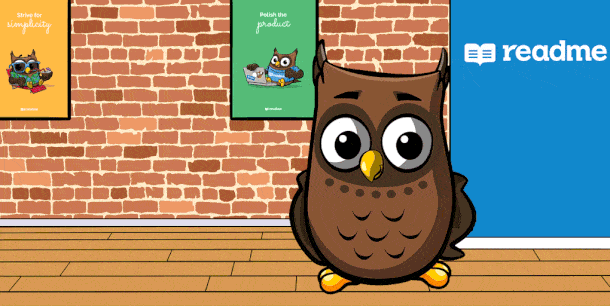Getting Started with Mifos
This page will help you get started with Mifos. You'll be up and running in a jiffy!
The Mifos and Fineract Stack
Mifos and Fineract provide a modern end to end open source architecture for digital financial services consisting of a core banking platform delivered via RESTful API as well as reference web and mobile applications for staff and customers.
We have adopted a building block approach, enabling a composable architecture which can be deployed on-premise or in the cloud as a a full core banking system to digitize and manage the full operations of any financial institution or in a modular fashion supporting embedded finance to quickly roll out wallets/accounts, loans, savings, and more.
To learn more about the business requirements our stack supports, the use cases it enables, and user manuals and guides to orient yourself in using the stack, please visit our User Documentation Portal.
This Developer Portal is a guide to help you in contributing to the development of the platform and customer and staff facing apps as well as to build your own solutions via the APIs.
It consists of general contributions guidelines, links to each source code repository and documentation as well as interactive API documentation.
Welcome to ReadMe! ![]()
Mifos vs. Fineract
You will notice that the source code for Mifos and Apache Fineract is spread out across multiple repositories and issue trackers under both the Mifos Initiative and Apache Software Foundation infrastructure. All of the software is fully open source licensed under permissive licenses but the licenses and contribution guidelines differ between the various projects.
At a high level, the back-end core banking platform and APIs for both Generation 2, Fineract 1.x, and Generation 3, Fineract CN, are housed within the Apache Software Foundation under the Apache License v2.0. All of the underlying source code for Apache Fineract originated from the Mifos Initiative who donated it to Apache Software Foundation in 2017 when it led efforts to transition to a top-level project, Apache Fineract.
The Apache Fineract source code doesn't contain any user interface for staff or customers or ancillary tools like reporting or payments orchestration. Reference user interfaces, customer-facing applications, reporting tools, and payments orchestration to make Fineract readily deployable out of the box can be found in the repositories maintained by the Mifos Initiative. These are delivered under the Mifos X distribution which is fully open source and built on the latest stable version of Fineract consisting of a ready-to-deploy Angular web app for staff, reporting via Pentaho, payments orchestration via Zeebe, and reference mobile and online banking applications for customers.
More about this transition and the split between the two can be found in this comparison blog post on mifos.org or in the Apache Fineract FAQ.
📝 Customize your docs
What you're looking at right now is what we call our Guides. Basically, a free-form place to write to your heart's content! And the best part is... you aren't alone! Your users can contribute (with your approval, of course!) using the Suggested Edits feature on every page. It's like GitHub Pull Requests, but for text!
Want to ease your users into it with some fancy marketing pages? You can enable a Landing Page, and write as much HTML as you want to make it look just like your brand.
🚦 Interactive API Docs
If you don't have an API, then no worries! ReadMe is great for any sort of documentation. But if you have an API, we make it really easy to get started.
- Upload your OpenAPI file: First step is to describe your API to us! If you already have an OpenAPI file, there's lots of ways to upload it in the API Reference section. Our favorite is the GitHub Action, but you can use our CLI or just upload it directly to the UI!
- Add API Keys: Don't make your users hunt around for API keys. It's easy to show their API key right in the docs, so they can play around with your API right inside ReadMe.
- Add Logs: The coolest thing about ReadMe is you can add real-time API Logs right to your docs, so you and your users can both see what's going on with their API. Trust us, it's magical!
📈 Know your users
One of the best ways to know if you're nailing the dev experience is checking out how your users are interacting with both your docs and API.
- Documentation Metrics let you see who's using your docs, what your best and worst pages are, what people are searching for and more!
- API Metrics are a bit harder to set up (I promise we do our best to make it painless!), but once you set this up you'll know everything that's going on with your users!
💬 We're here to help!
ReadMe has a ton of ways to make your docs the envy of any parliament (like that mouseover!). If you get stuck, shoot us an email or use the Intercom widget on the bottom right of any page.
We're excited you're here! 💙

Updated about 4 years ago
